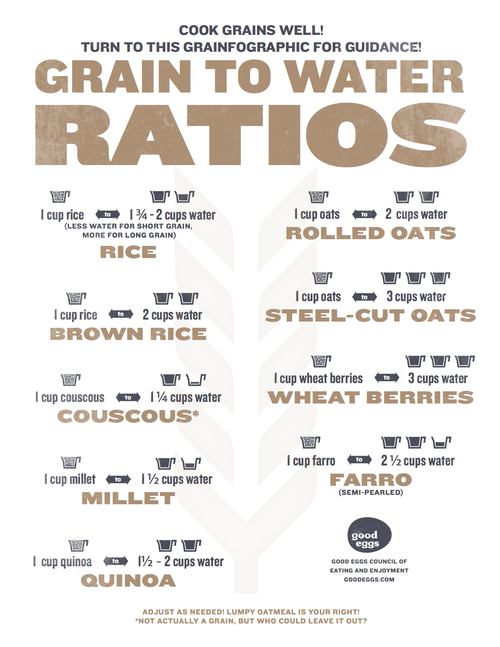

Finding the Perfect Rice-to-Water Ratio
The Basics of Rice Cooking
Cooking rice seems like a straightforward task, but achieving that perfect, fluffy texture can sometimes feel like a mystery. Many factors contribute to the final result, but perhaps the most crucial element is the ratio of rice to water. Get this wrong, and you’ll end up with either a soggy mess or grains that are still hard in the center. To demystify the process, let’s delve into the art of finding the ideal rice-to-water ratio.
Understanding the Science Behind Rice-to-Water Ratios
At its core, cooking rice is a scientific process. When rice is exposed to water and heat, the starches in the grains absorb water and swell, resulting in that soft, fluffy texture we all love. However, if there’s too much water, the rice will become mushy, and if there’s too little, it will remain undercooked. Finding the right balance is essential for perfect rice every time.
Factors Influencing Rice-to-Water Ratios
Several factors influence the ideal rice-to-water ratio, including the type of rice being used, the cooking method, and even the altitude at which you’re cooking. For example, different varieties of rice, such as jasmine, basmati, or short-grain, may require slightly different ratios. Additionally, cooking methods like stove-top, rice cooker, or instant pot can affect how much water is needed. Understanding these variables is key to achieving consistent results.
The Importance of Precision in Measurement
When it comes to cooking rice, precision is paramount. Even a small deviation from the optimal water-to-rice ratio can have a significant impact on the final outcome. That’s why it’s crucial to measure both the rice and water accurately. Investing in a good quality measuring cup and following the recommended ratios closely can make all the difference between success and disappointment.
Experimentation and Adjustment
While there are general guidelines for rice-to-water ratios, it’s essential to remember that they can vary based on personal preference and environmental factors. Don’t be afraid to experiment with different ratios and adjust them according to your taste. Start with the recommended ratio for the type of rice you’re using, then make small adjustments as needed until you find the perfect balance.
Tips for Achieving Perfect Rice
Achieving perfect rice isn’t just about the ratio of rice to water; it’s also about the cooking process itself. Here are some tips to help you get it right every time:
- Rinse the rice before cooking to remove excess starch, which can cause it to become gummy.
- Use cold water when rinsing and cooking rice, as it helps prevent the grains from sticking together.
- Allow the rice to rest for a few minutes after cooking before fluffing it with a fork. This allows any remaining moisture to distribute evenly, resulting in a more uniform texture.
- Avoid lifting the lid or stirring the rice while it’s cooking, as this can interfere with the steaming process and lead to unevenly cooked grains.
Conclusion (Omitted as per your instruction) Read more about rice to water ratio









